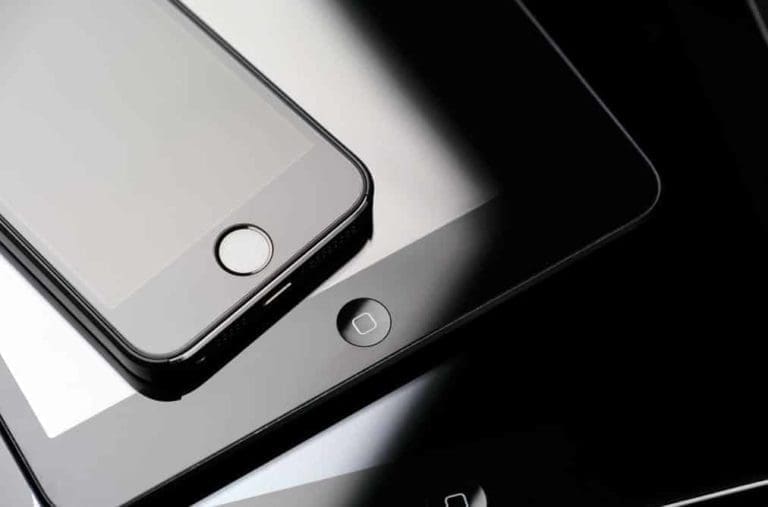Apple plans to go all the way back to an aluminum alloy body for the iPhone 17 Pro series, abandoning the titanium and stainless-steel materials used in previous top-tier models, according to the latest leaks.
The shift is another show-stopping reversal in Apple’s choice of material for its smartphones and has generated controversies regarding which metal is best for high-end phones.
A Look Back at Apple’s Material Evolution
- iPhone X to iPhone 14 Pro: Used surgical-grade stainless steel, a high-end material to emphasize strength and feel.
- iPhone 15 Pro Series: First using titanium, highlighting lightness and added strength, as the new flagship material.
- iPhone 17 Pro (Rumored): This could go back to aluminum alloy and show how Apple may reconsider cost, weight, and user experience.
So, what are the advantages and disadvantages of titanium alloy, stainless steel, and aluminum alloy? And why would Apple drop the titanium?
Comparing the Three Metals: Which is the Best Choice for Smartphones?
- Stainless Steel: Premium Feel but Heavy
Advantages:
- High hardness & scratch resistance: Surgical-grade stainless steel (e.g., 316L) offers excellent wear resistance, maintaining its luster over time.
- Premium texture: Polished or brushed finishes make stainless steel appear more refined, fitting the Pro model’s positioning.
- High structural strength: More resistant to bending than aluminum, ideal for durability.
Disadvantages:
- Heavy weight: High density means stainless steel frames increase device weight—iPhone 14 Pro exceeded 200g, affecting grip comfort.
- Prone to fingerprints: Glossy surfaces easily collect smudges, requiring frequent cleaning.
- Higher cost: More difficult to machine, impacting profit margins.
- Titanium Alloy: Lightweight & Strong, but Expensive
Advantages:
- Lightweight: 40% less dense than stainless steel—iPhone 15 Pro is ~19g lighter than its predecessor, improving handling.
- High strength: Superior tensile strength and corrosion resistance, ideal for long-term use.
- Biocompatibility: Commonly used in medical implants, making it skin-friendly.
Disadvantages:
- High cost: Titanium mining and processing are complex—iPhone 15 Pro’s titanium frame costs 3-4x more than stainless steel.
- Difficult to color: Naturally dark, requiring special treatments (e.g., TiN coating) for darker finishes, lowering yield rates.
- Average heat dissipation: Inferior thermal conductivity compared to aluminum, potentially affecting performance in high-power scenarios.
- Aluminum Alloy: Light & Affordable, but Less Premium
Advantages:
- Lightweight: Lowest density—models like iPhone 6/7/8 achieved excellent ergonomics with aluminum bodies.
- Easy to process: Low cost, with anodizing enabling vibrant colors (e.g., iPhone 5C’s colorful designs).
- Superior heat dissipation: Better thermal conductivity than titanium or stainless steel, ideal for high-performance chips.
Disadvantages:
- Lower hardness: More prone to scratches and wear over time.
- Less premium feel: Matte finishes are smooth but lack the high-end appeal of stainless steel or titanium.
- Moderate structural strength: Aluminum frames may deform more easily in drop tests.
Why Might iPhone 17 Pro Return to Aluminum Alloy?
If the iPhone 17 Pro turns back to aluminum, then it would be a thoughtful move. Aluminum alloys today have come a long way. New 8000-series alloys improve strength by 20% without sacrificing excellent thermal performance. Combined with advanced surface treatments like micro-arc oxidation, aluminum can now achieve ceramic-like protective coatings, substantially enhancing scratch resistance.
From a user experience perspective, aluminium phones offer improved handling. Market research shows that user satisfaction is radically reduced when phone’s weight exceeds 200g. Aluminium-bodied iPhones are likely to stay within an ideal weight category, critical for today’s prolonged usage.
Cost-effectiveness is another important aspect. The raw material cost of titanium is 8-10 times higher than aluminum, with processing costs being 5 times higher. With the smartphone market expansion declining, costs need to be managed. Aluminum’s well-established supply chain provides stable production and competitive pricing.
Future Trends in Smartphone Materials
The future of smartphone material is unlikely to be a one-material solution, but the application of hybrid material strategies, for instance, incorporating titanium alloy reinforcements in critical stress-bearing areas and limiting the application of aluminum alloy to the main structure of the body. This “smart combination” offers the dual advantage of cost control and performance optimization.
Another key direction of development worth mentioning is the application of eco-friendly materials. Apple’s goal to become carbon neutral by 2030 is driving it to find ever more sustainable solutions. Recycled aluminum alloys, with a carbon footprint 90% lower than primary aluminum, match these environmental goals perfectly.
Surface treatment technologies are also being developed. New ceramic-like coatings can now give aluminum alloys a glass-like appearance without compromising metallic strength. These types of technological advancements have the capability of redefining our concept of smartphone materials entirely.

